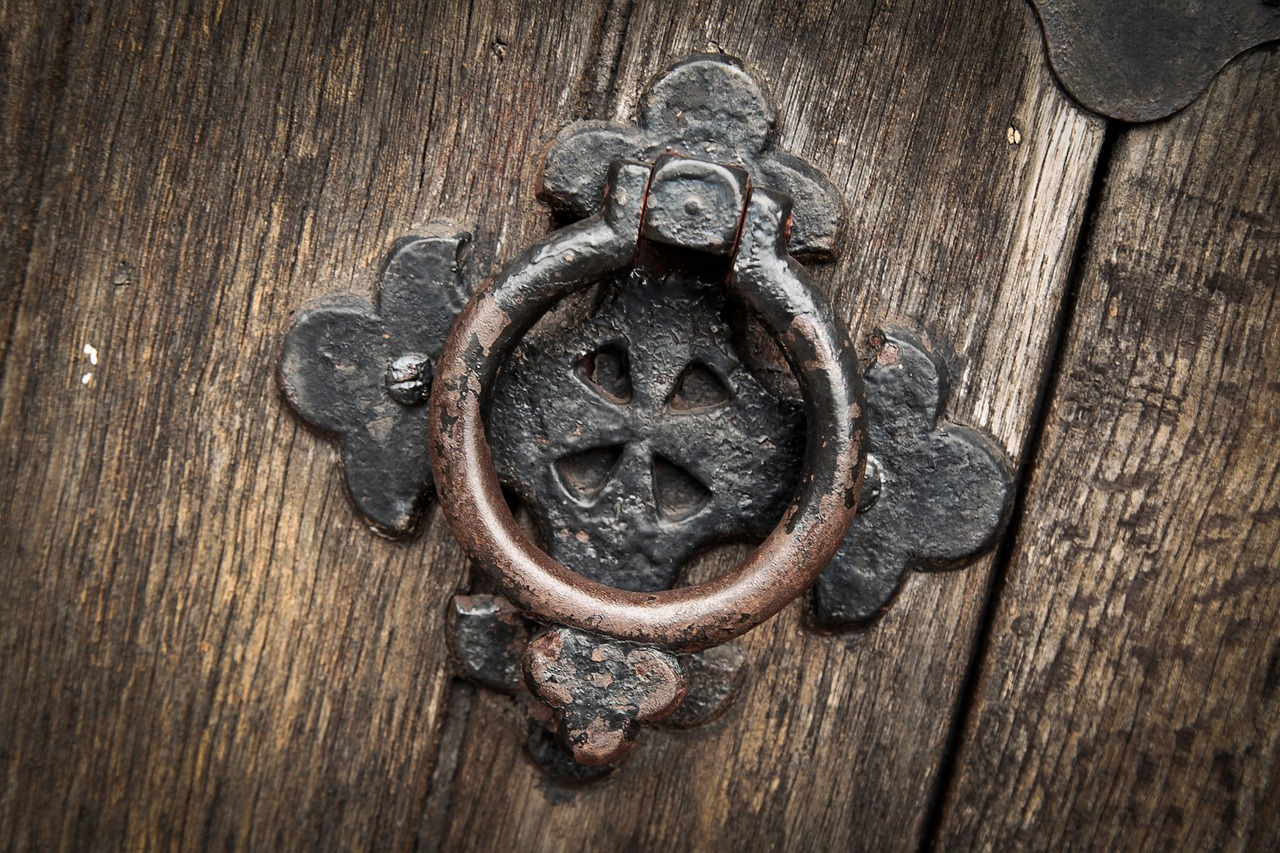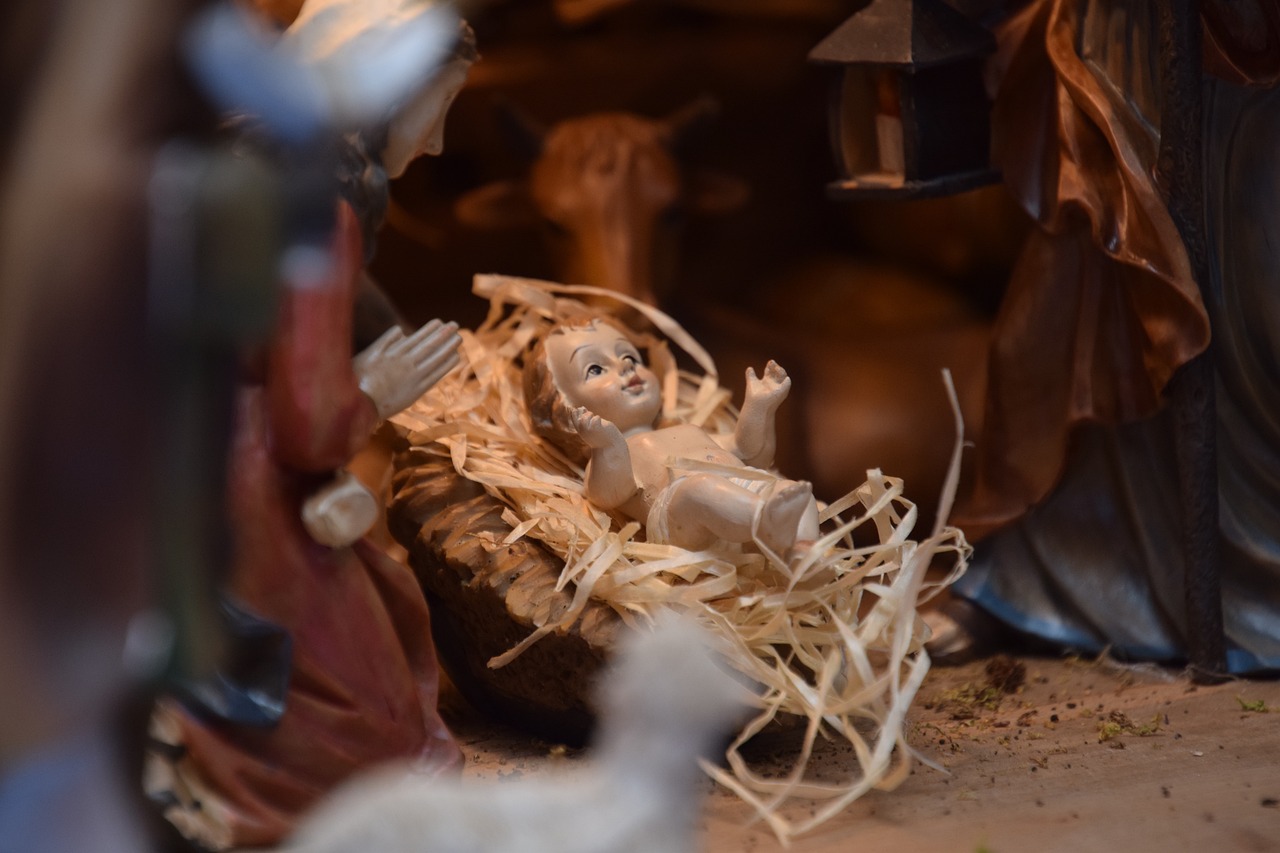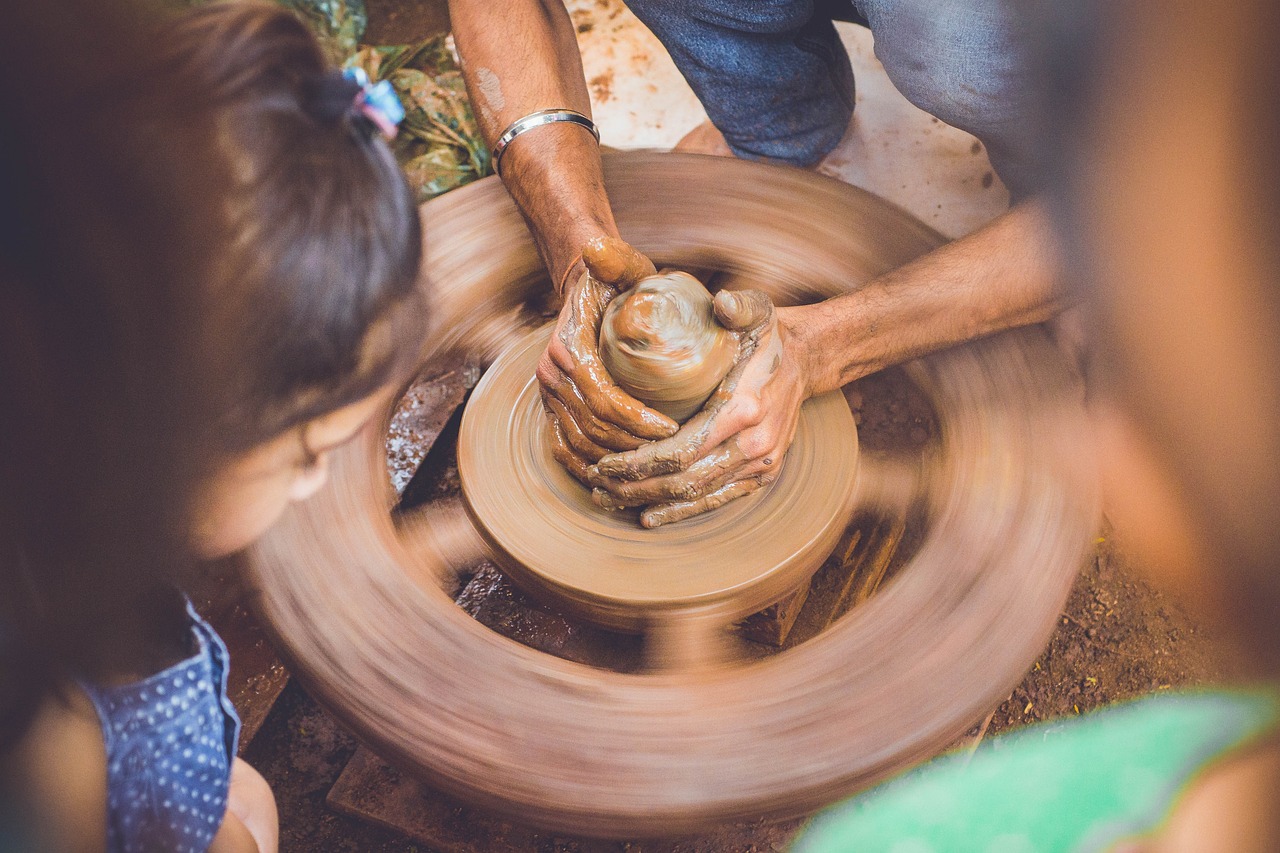Rediscovering the 1960s: A Journey Through the Golden Era of Sewing Machines

Introduction: A Nostalgic Look Back
Welcome to a delightful journey through the 1960s, a decade that marked a significant evolution in sewing machines. This era was not just about technology; it was about artistry, innovation, and a deep connection to the craft of sewing. Are you ready to rediscover the elegance and functionality of these timeless machines?
The Craftsmanship of the 1960s
The sewing machines of the 1960s were masterpieces, representing a blend of functionality and aesthetic design. They were built to last, with durable materials and intricate mechanisms that showcased the craftsmanship of the era. Let’s take a closer look at some of the defining features:
- All-Metal Construction: Unlike many plastic machines of today, 1960s sewing machines were primarily made from metal, ensuring longevity.
- Mechanical Simplicity: The straightforward mechanical systems made them easy to repair and maintain.
- Elegant Design: With beautiful finishes and elegant curves, these machines were often considered a piece of art in their own right.
Iconic Models of the Decade
Several sewing machines became icons during the 1960s. Let’s explore a few that stand out:
| Model | Manufacturer | Features |
|---|---|---|
| Bernina 530 | Bernina | Precision stitching, multiple stitch options |
| Pfaff 1222E | Pfaff | Integrated dual feed, robust construction |
| Kenmore 158.1941 | Kenmore | Versatile sewing capabilities, user-friendly |
A Closer Connection to Craft
During the 1960s, sewing was more than just a hobby; it was a way to express creativity and individuality. Many families gathered around their sewing machines, creating garments, home decor, and gifts. Do you remember the joy of making something special with your own hands?
Preserving the Past: Tips for Maintaining Your Vintage Sewing Machine
For those who still own a sewing machine from the 1960s, or are thinking about acquiring one, maintenance is key. Here are some helpful tips:
- Keep it Clean: Regularly dust and clean the machine to prevent build-up.
- Oil the Mechanism: Use sewing machine oil to keep the moving parts running smoothly.
- Check the Belts: Inspect belts for wear and tear; replacing them can extend the machine’s life.
Embracing the Elegance Today
As we embrace the elegance of 1960s sewing machines today, many enthusiasts appreciate the vintage aesthetic and functionality. Have you considered joining a sewing group or taking a class to share your passion with others? There’s a vibrant community of sewing lovers who cherish these timeless machines.
Conclusion: A Legacy of Craftsmanship
The sewing machines of the 1960s represent not just a tool, but a legacy of craftsmanship and creativity. They remind us of a time when sewing was an integral part of life. As you rediscover this golden era, may you find inspiration in the artistry of the past and perhaps, rekindle your own sewing journey.
The Art of Sewing: Crafting Your Legacy with Vintage Machines

Introduction to Vintage Sewing Machines
Have you ever wondered about the stories that vintage sewing machines hold? Each machine from the 1960s carries a legacy, a testament to the artistry and craftsmanship of its time. These machines are not just tools; they represent a way of life, creativity, and the joy of sewing.
Why Choose a 1960s Sewing Machine?
Investing in a vintage sewing machine is like acquiring a piece of history. Here are some reasons why you might want to consider one:
- Durability: Built to last, these machines were crafted with quality materials.
- Unique Features: Many vintage models come with unique stitches and features not found in modern machines.
- Affordability: Often, vintage machines can be found at a fraction of the cost of new models.
Getting Started with Your Vintage Machine
Before you dive into sewing, here are a few tips to help you get acquainted with your vintage sewing machine:
- Familiarize Yourself: Read the manual (if available) to understand the machine’s functions.
- Check for Maintenance: Ensure the machine is clean and well-oiled for optimal performance.
- Practice: Start with simple projects to build your confidence and skill.
Crafting Your Legacy
Every stitch you make is a part of your legacy. Here are some project ideas that can help you create something beautiful:
- Quilts: Create a cozy quilt for a loved one, incorporating special fabrics that tell a story.
- Clothing: Design and sew clothes that reflect your unique style.
- Home Decor: Craft table runners or cushion covers that add a personal touch to your home.
Join the Community
Sewing is not just an individual activity; it’s a community. Consider joining local sewing groups or online forums where you can share your projects, seek advice, and connect with fellow sewing enthusiasts. Here are a few suggestions:
- Local Craft Stores: Many host sewing classes and workshops.
- Online Communities: Platforms like Facebook and Instagram have vibrant sewing communities.
Preserving Your Craft
As you create, think about how you can preserve your work for future generations. Here are some tips:
- Documentation: Keep a journal of your projects, including photos and notes.
- Teach Others: Share your skills with younger generations; pass on the love of sewing.
Owning a vintage sewing machine from the 1960s is not just about sewing; it’s about weaving your story into the fabric of time. Embrace the art of sewing, and let each project be a testament to your creativity and craftsmanship.
Timeless Techniques: Mastering the Craft with Classic 1960s Sewing Machines

Introduction to 1960s Sewing Machines
The 1960s marked a significant era in sewing machine design, blending functionality with elegance. These machines were not merely tools; they were masterpieces of craftsmanship that have stood the test of time. Let’s explore how you can master the art of sewing using these classic machines.
Understanding Your Classic Sewing Machine
Before diving into sewing techniques, it’s essential to familiarize yourself with the features of your 1960s sewing machine. Take a moment to identify:
Stitch Types: Many machines offered straight, zigzag, and decorative stitches.
Manual Controls: Understanding how to adjust tension and stitch length is crucial.
Accessories: Familiarize yourself with the presser feet and attachments that came with your machine.
Timeless Techniques for Sewing
Let’s delve into some classic techniques that will help you create beautiful projects.
| Technique | Description |
|---|---|
| 1. Straight Stitching | This is the foundation of sewing. Ensure your fabric is aligned properly and use a consistent seam allowance. |
| 2. Zigzag Stitching | Perfect for finishing edges, the zigzag stitch prevents fraying and adds a decorative touch. |
| 3. Gathering | Use a long straight stitch to create gathers in fabric. Pull the threads to adjust the fullness as needed. |
| 4. Buttonholes | Many 1960s machines had a buttonhole function. Practice this technique to add functional elegance to your garments. |
Maintaining Your Sewing Machine
To keep your 1960s sewing machine in top working condition, regular maintenance is key. Here are some tips:
Cleaning: Dust and lint can accumulate; regularly clean the bobbin area and feed dogs.
Oiling: Use sewing machine oil as recommended in your manual to keep the moving parts lubricated.
Servicing: Consider taking your machine for professional servicing to ensure everything is functioning optimally.
Your Sewing Journey
As you embark on your sewing journey with a classic 1960s machine, remember that patience and practice are essential. Take your time, enjoy the process, and create pieces that reflect your unique style. Let these timeless techniques guide you as you master the craft of sewing.
From Threads to Treasures: Creating Heirlooms with 1960s Sewing Technology
Imagine a time when sewing machines were more than just tools; they were the heart of creativity in households. The 1960s was a remarkable era that witnessed the evolution of sewing technology, allowing many to transform simple threads into cherished treasures. Have you ever wondered how these machines can create heirlooms?
Why 1960s Sewing Machines Stand Out
The sewing machines of the 1960s were renowned for their robust design and craftsmanship. Brands like Singer and Brother introduced models that are still sought after today. What makes them special?
Durability: Built to last, many of these machines can still be found in working condition.
Versatility: They came equipped with various stitch options, allowing for creative expression.
Simplicity: Easy to operate, making them perfect for both seasoned sewers and beginners.
Creating Heirlooms: A Step-by-Step Guide
Let’s delve into how you can create your own heirlooms with a vintage sewing machine.
Step 1: Choose Your Fabric
Select fabrics that hold sentimental value. Perhaps a family quilt or a piece of clothing that belonged to a loved one? Each fabric tells a story.
Step 2: Gather Your Supplies
Along with your sewing machine, ensure you have:
Thread: Choose colors that complement your fabric.
Scissors: A good pair of fabric scissors is essential.
Measuring Tape: Precision is key in creating perfect pieces.
Step 3: Start Sewing
Begin your project with simple patterns. As you gain confidence, challenge yourself with more intricate designs. Remember, the goal is to enjoy the process!
Step 4: Add Personal Touches
Consider adding embroidery or embellishments. This personal touch will make your creation truly unique.
Preserving Your Creations
Once your masterpiece is complete, how do you ensure it lasts for generations?
Storage: Keep items in a cool, dry place away from direct sunlight.
Cleaning: Follow fabric care instructions to maintain their beauty.
Conclusion: The Legacy of 1960s Sewing Machines
Every stitch you create holds the potential to be a family treasure. The timeless elegance of 1960s sewing machines brings a sense of nostalgia and connection to our past. So, gather your materials and let your creativity flow. What will your first heirloom be?
Sewing Stories: How 1960s Machines Shaped Generations of Craftsmanship
The 1960s marked a pivotal era in the world of sewing, where machines transformed not only the art of crafting but also the lives of those who used them. Imagine a time when sewing machines were not just tools but companions in the creative journey of many households.
The Evolution of Design and Functionality
During the 1960s, sewing machines underwent a significant transformation. Innovations in design and technology made them more accessible and user-friendly.
| Features | Impact on Users |
|---|---|
| Portable Designs | Allowed for easy movement and use in various spaces. |
| Built-in Stitches | Offered versatility and creativity to projects. |
| Adjustable Speed Settings | Enabled users to sew at their own pace, enhancing confidence. |
The Cultural Significance of Sewing in the 1960s
Sewing became a cultural phenomenon during this decade. It was not just about making clothes; it was about expressing identity and creativity. From the vibrant patterns of the Mod era to the functional designs for everyday wear, sewing machines were at the heart of this movement.
Stories from Generations
Let’s take a moment to reflect on personal stories. Many elderly individuals recall their first sewing machine—a cherished gift from a parent or grandparent. Think back to your own experiences:
What was the first item you ever sewed?
Who taught you to sew, and what lessons did they impart?
What memories do you associate with sewing in your home?
The Legacy of 1960s Sewing Machines
As we explore the legacy of these machines, it’s clear that they have shaped not just craftsmanship but also the values of patience, creativity, and resourcefulness. Each stitch tells a story, connecting generations through the art of sewing.
Conclusion: A Call to Action
For those who still own a 1960s sewing machine, or even a modern one, why not revive the passion? Gather your family and friends, and share the joy of sewing. Create new stories together, inspired by the timeless elegance of those vintage machines.
